History of the Patek Philippe Calatrava Part 1 – The Reference 96, The Blueprint
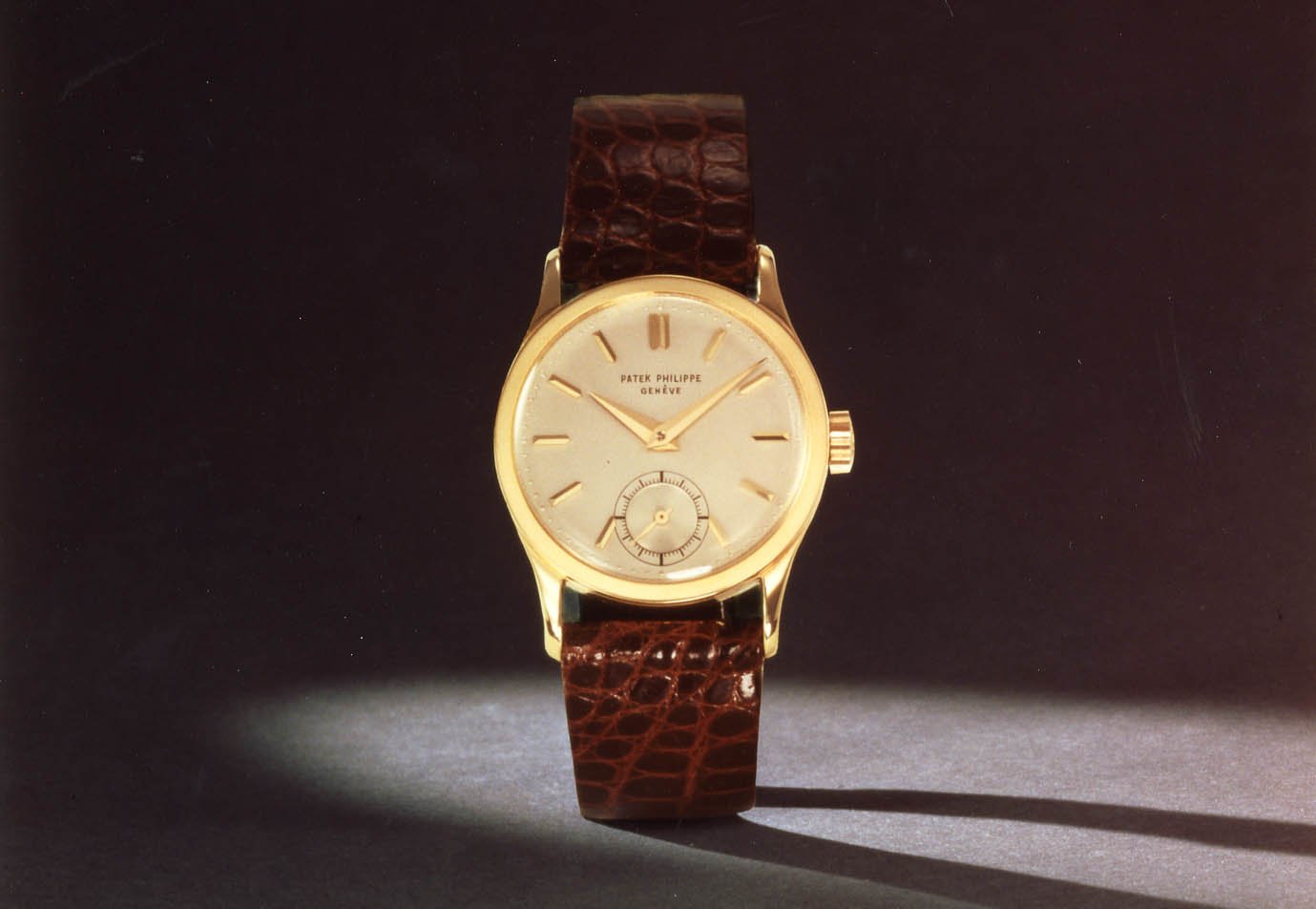
Patek Philippe is a brand that needs little to no introduction. In the watch world, it is known for making high quality, highly sought after timepieces of exceptional complexity. In the real world, it is known as one of the most prestigious brands on the planet, an instant indicator of wealth, stature and, of course, good taste. Pioneers of numerous technical advances, including the first perpetual calendar, the first annual calendar and, surprisingly, the first solid-state quartz watch with no moving parts, Patek Philippe has always been at the forefront of innovation. Yet, it is one of its most understated collections that has proven to be the most consistently successful commercially; the humble Patek Philippe Calatrava, or the essence of the prestigious dress watch. Today, we start with part 1 of this history of the Patek Philippe Calatrava by looking at the first of them all, the 1932 Reference 96.
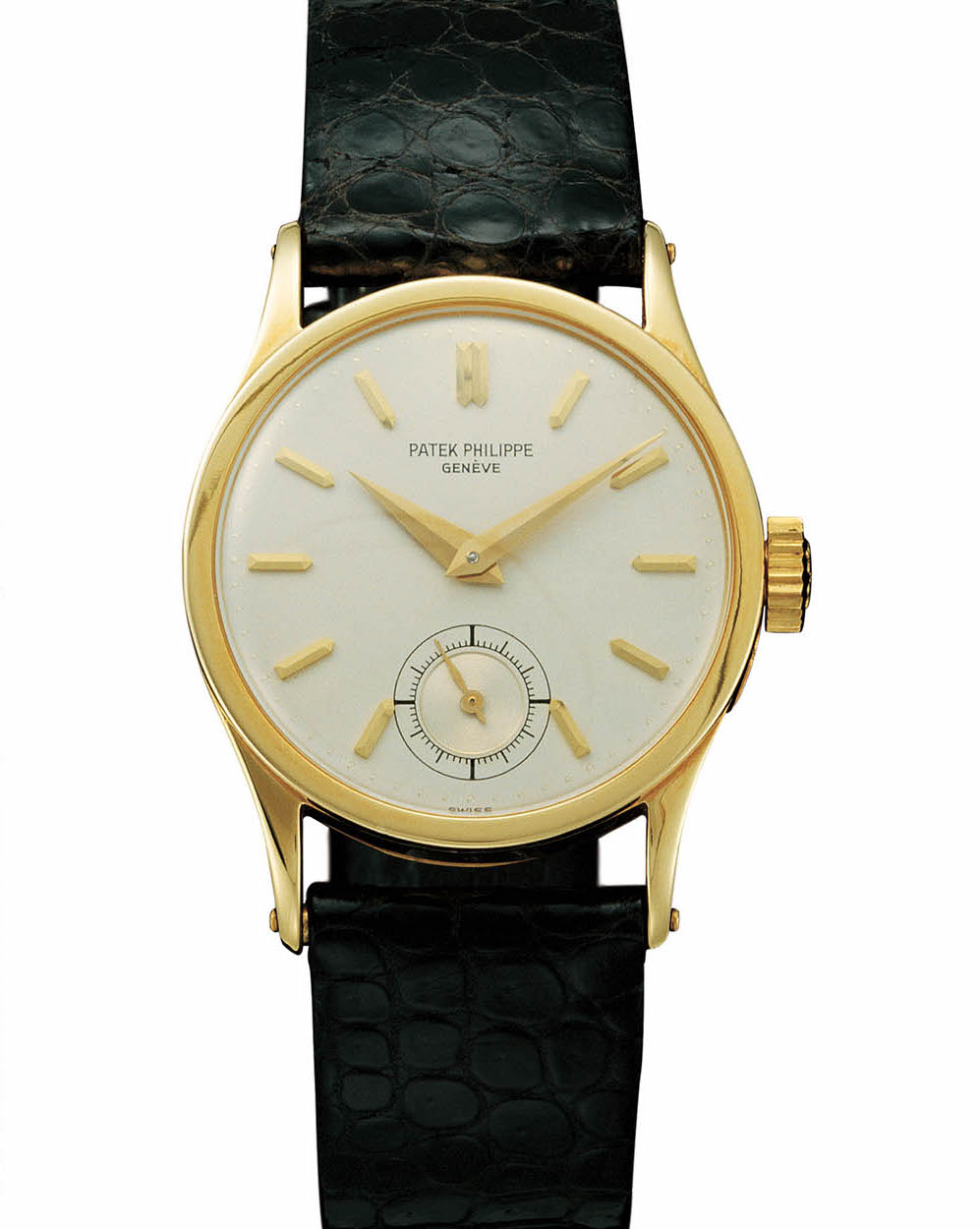
A Brief History
These days the idea of Patek Philippe running into financial difficulty seems unfathomable, ludicrous even. The Swiss watch manufacturer has proven itself impervious to trends and by all accounts seems to have been largely unaffected by the recent downturn in the Swiss watch industry. Yet, that’s exactly what happened to Patek, Philippe & Cie (as the company was formally known) in the early part of the 20th-century. Despite numerous patents and awards to its name, as well as an extensive client list that included some of the world’s most prominent collectors of the time, the company found itself in trouble.
Jean and Charles Henri Stern
Its saviour came in the form of brothers Jean and Charles Henri Stern, who purchased a controlling interest in the company in 1932. Their family already owned Fabrique de Cadrans Stern Frères, a dial manufacturing firm that supplied Patek, among other Swiss manufacturers. The brothers knew that to steady the ship they would need to introduce a simplified, mainstream model that would broaden the appeal of Patek Philippe timepieces beyond high-end collectors, whilst still maintaining the brand’s exceptional reputation for quality and excellence in design and manufacturing. Their solution was the Patek Philippe Calatrava Reference 96.
The Patek Philippe Calatrava Ref. 96
In the early 1930s, the wristwatch was still a relatively new phenomenon but one that had rapidly gained popularity following its widespread use in World War I. In the mainstream, the wristwatch was beginning to emerge as a reliable instrument, a useful tool even for those far removed from the battlefield. At the same time, the pocket watch, which was closely associated with the rail roads, seemed more and more outdated with the advent of automobiles and aviation. Accuracy and reliability were the buzz words of the day, trumping design and aesthetics. Recognising this shift in the market, Patek Philippe unveiled a timepiece that seamlessly combined precision with prestige.
The Calatrava takes its name from the ornate Calatrava cross, the cruciform symbol first used on the marching banners of the Calatrava knights who defended the Calatrava fortress against the Moors in 1158. This same symbol was registered as a trademark, alongside Patek Philippe & Cie, on April 27th, 1887, although it only started appearing more regularly on the crowns and movements of Patek Philippe watches from the 1960’s onwards. The use of the Calatrava name for this collection gives an indication of its significance to the brand, and indeed it has played a major role ever since.
The epitome of understated elegance, the Patek Philippe Calatrava Reference 96 is considered by many to be the blueprint for the ultimate dress watch. It’s also the first model to introduce numbered references to Patek Philippe’s timepieces. Inspired by the Bauhaus principle of form follows function, the minimalist design created by David Penney distilled timekeeping down to its most pure essence. There were no superfluous details, no unnecessary flourishes, and yet the concept has remained virtually unchanged for 85 years since its introduction in 1932. It’s no coincidence that vintage Calatravas are still highly sought after by collectors. Before we go into the details, however, I think it’s helpful to have some understanding of the Bauhaus school itself to fully appreciate the underlying elements that make the original design so ageless.
Established in 1919 by architect Walter Gropius following the end of World War I, the unorthodox German art school would close its doors for good a mere fourteen years later in 1933, just one year after the Calatrava made its debut. At the core of its ideology was the notion of unity in design in all aspects of life, that art and industrial design could be unified. The emphasis was on functionality through simplified, geometric forms, which would allow new designs to be reproduced with ease but without diminishing the experience of the end-user. Students were taught to focus on practicality and necessity, whilst still designing with careful attention to functionality and ease of use. This also extended to typography, which was viewed both as a practical means of communication and an artistic expression, with visual clarity stressed above all.
Equipped with this knowledge, the Bauhaus influences on David Penney’s design elements of the Patek Philippe Calatrava Reference 96 become obvious. For a start, the 31mm round shape case reflects the circular form of the movement inside, as well as the passage of time itself. Measuring just 9mm thick, it featured a snap-on back and a flat polished bezel. The lugs meanwhile, rather than being soldered on, were integrated into the three-part case design and tapered to ensure an extremely comfortable fit on the wrist, a classic example of form following function. These days this type of construction is taken for granted, but that’s thanks in large part to the forward-thinking Ref. 96, which elevated the humble lugs from an after-thought to an integral part of the overall design.
What really set the Patek Philippe Calatrava Reference 96 apart, however, was its minimalist, modern dial design. Like the case itself, the dial exemplified the Bauhaus philosophy of form follows function, eschewing the more elaborate designs of the Art Deco era that preceded it. The focus was on indicating the time, and only the time, in the clearest and most attractive way possible. In the original version, hours were marked around the outside of the dial by applied trapezoidal markers in gold, while the small seconds were shown on a sub-dial at six o’clock. Two pointed and faceted Dauphine hands in gold were responsible for indicating the hours and minutes. If the layout seems familiar it’s only because it has since been replicated thousands of times by Patek Philippe and those seeking to emulate the brand’s timeless style.
The 12 lignes movement that equips the Patek Philippe Calatrava Reference 96
Powering the original Patek Philippe Calatrava Reference 96 was a 12-ligne movement from LeCoultre. Up until this point, Patek Philippe had always purchased its movements, however, this quickly changed under the new Stern ownership. From 1934 onwards, the LeCoultre movement was replaced by Patek’s new in-house calibre, the 12”’120, developed under the direction of Jean Pfister, who was in charge of the technical department where these were created and was tasked with making the initial drawings for the new calibers – the first of which was the 12”’120. Unofficially, however, it seems there were still several early models that were cased up using older movements, presumably existing inventory acquired as part of the takeover. This is not an uncommon occurrence in the world of vintage watches, where the rules of uniformity were less strictly enforced than they are today.
Notable Variations
The Patek Philippe Calatrava Reference 96 was in production for over 40 years (1932 – 1973), a testament to its incredible success and popularity. Throughout that time, multiple notable variations were developed, some of which we’ll try to cover here. This is not an exhaustive list by any means but it gives you some sense of the depth and significance of the Reference 96 collection and the ongoing impact and influence it still has on Patek Philippe models today. It’s also part of what makes collecting Calatravas, and Ref. 96 timepieces specifically, so interesting and fun. You never know what you might discover and there is almost endless variety, plus several variations often appear in the same model.
Indirect Central Seconds – As we discussed earlier, the original Ref. 96 featured a central time-display, with small seconds shown on a sub-dial just above 6 o’clock. As the name suggests, the Central Seconds variation saw the removal of the sub-dial and the inclusion of a sweep central seconds hand, however, it still used the same movement as the original. This was made possible thanks to a collaboration between Victorin Piguet and Patek Philippe, which led to the development of an ébauche with an additional centre seconds mechanism that was connected to the existing 12”’120 “subsidiary seconds register” movement, hence the name Indirect Central Seconds.
No Seconds – In addition to the Indirect Central Seconds, it is also possible to find some examples of the Ref. 96 without any sort of small seconds indicator, although these are less common. From my research, it seems that these models generally did not use the in-house calibre 12”’120 developed by Patek, but rather used older movements that were then cased up at the time of production. I am reluctant to say this is the definitive reason, so if anyone knows differently please feel to add your comments below and I will update this article.
Breguet Numerals – Without a doubt, one of the most popular and attractive styles of dial on the Ref. 96, are those that feature applied Breguet numerals. Extra special are those paired with an enamel dial. It’s possible find models with both indirect central seconds and subsidiary seconds that feature Breguet numerals. Impressively, the introduction of these large numerals on the dial did not do anything to harm the Bauhaus style of the Ref. 96 and, if anything, only served to enhance its distinctive aesthetic appeal.
Steel Case – Given the long-running production of the Ref. 96, you won’t be surprised to learn that Patek Philippe made a few versions with stainless steel cases, although these are still considered quite rare. It does give some insight, however, to how the Calatrava was viewed. This was a watch for all occasions and so should be made available in a variety of designs and metals. Of particular interest to collectors are the even rarer sportier versions, which feature Arabic numerals (not Breguet) and syringe-type hands, givng the watch a more military-type feel.
Sector Dial – As a regular reader of Monochrome, you’re no doubt already familiar with sector dials. For those who aren’t, however, this type of dial generally feature two concentric circles, the inner for the hours and the outer for the minutes. The hour sector divides the space between these circles into 12 sections or sectors, whilst the minute sector has 60 sections, often with more prominent markings on the hours. Incredibly popular even today, some of the earliest examples of the Ref. 96 featured Sector Dials and in fact the Sector dial of the Ref. 5296 in the current Calatrava line-up is inspired by the Ref 96 SC from 1934.
Pilot’s Watch – Although the Ref. 96 was never intended for use by professional pilots – at least as far as I’m aware – it’s still possible find early examples with Pilot-style dials. These featured large, luminous Arabic numerals and, typically, black lacquered dials for maximum contrast. Incidentally, these models were the forerunners to the Ref. 5522A Calatrava Pilot, which Patek Philippe unveiled recently at the “The Art of Watches Grand Exhibition” in NYC.
Perfectly suited to just about any occasion, it is not by chance that the design of the original Calatrava has remained largely unchanged for decades. In fact, the only real drawback of the early Ref. 96 is its diminutive size but as you’ll soon learn in Part. 2, that did not remain an issue for long. Be sure to check back next week when we explore some of the significant Calatravas of the past decades.
First images of this article were given to us by Patek Philippe and its museum, including the original drawing of the watch and archive photos. The movement’s image was sourced from the web. Images for the notable versions of the Calatrava Reference 96 were sourced from Antiquorum, Christies and Phillips.

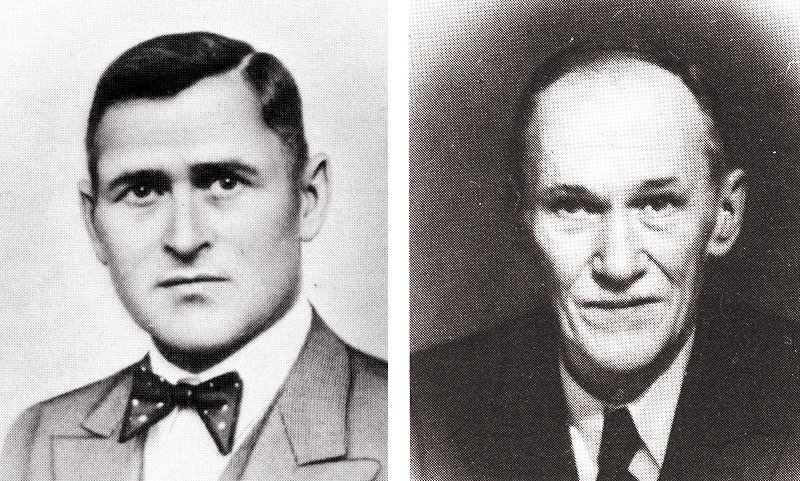

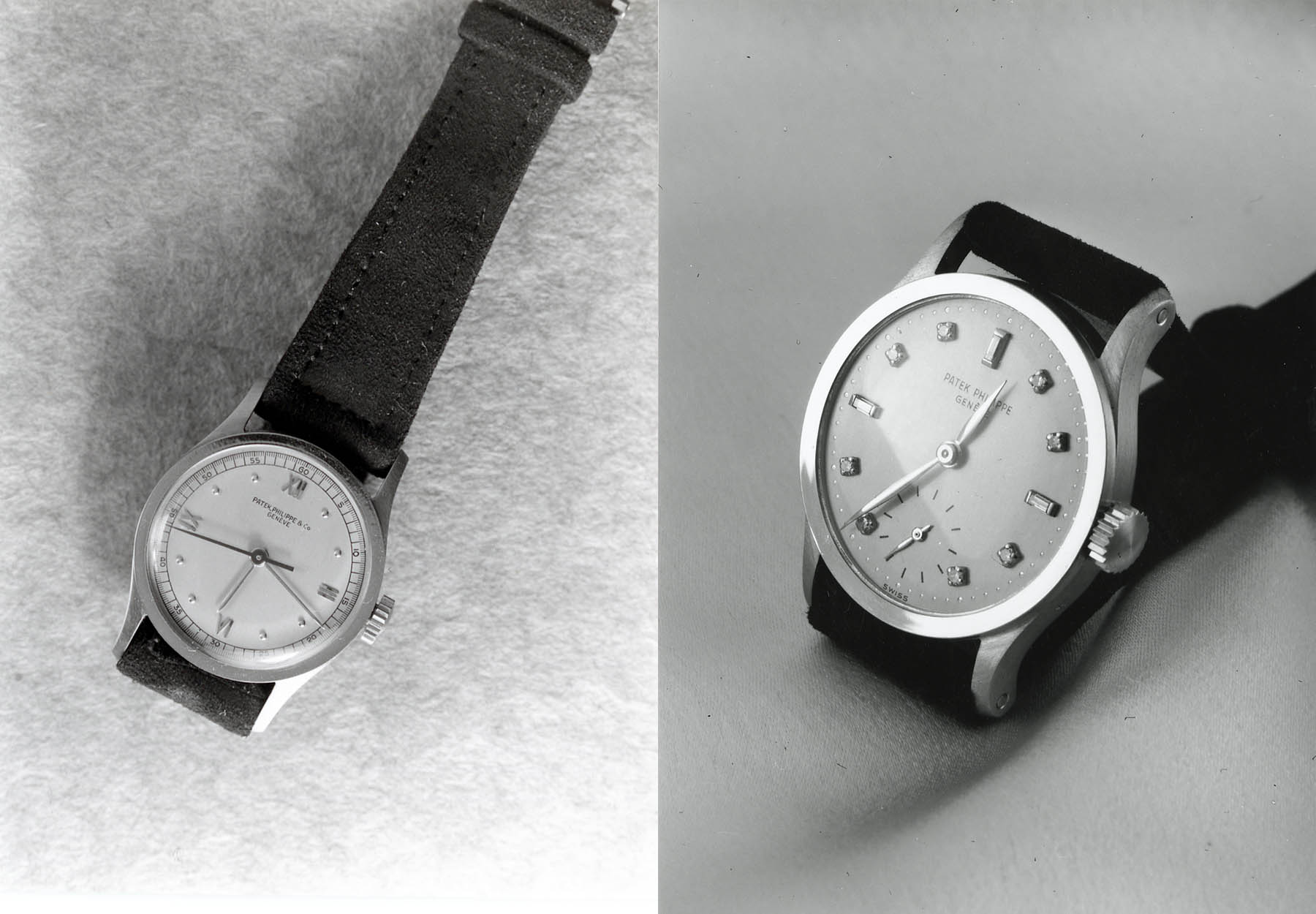
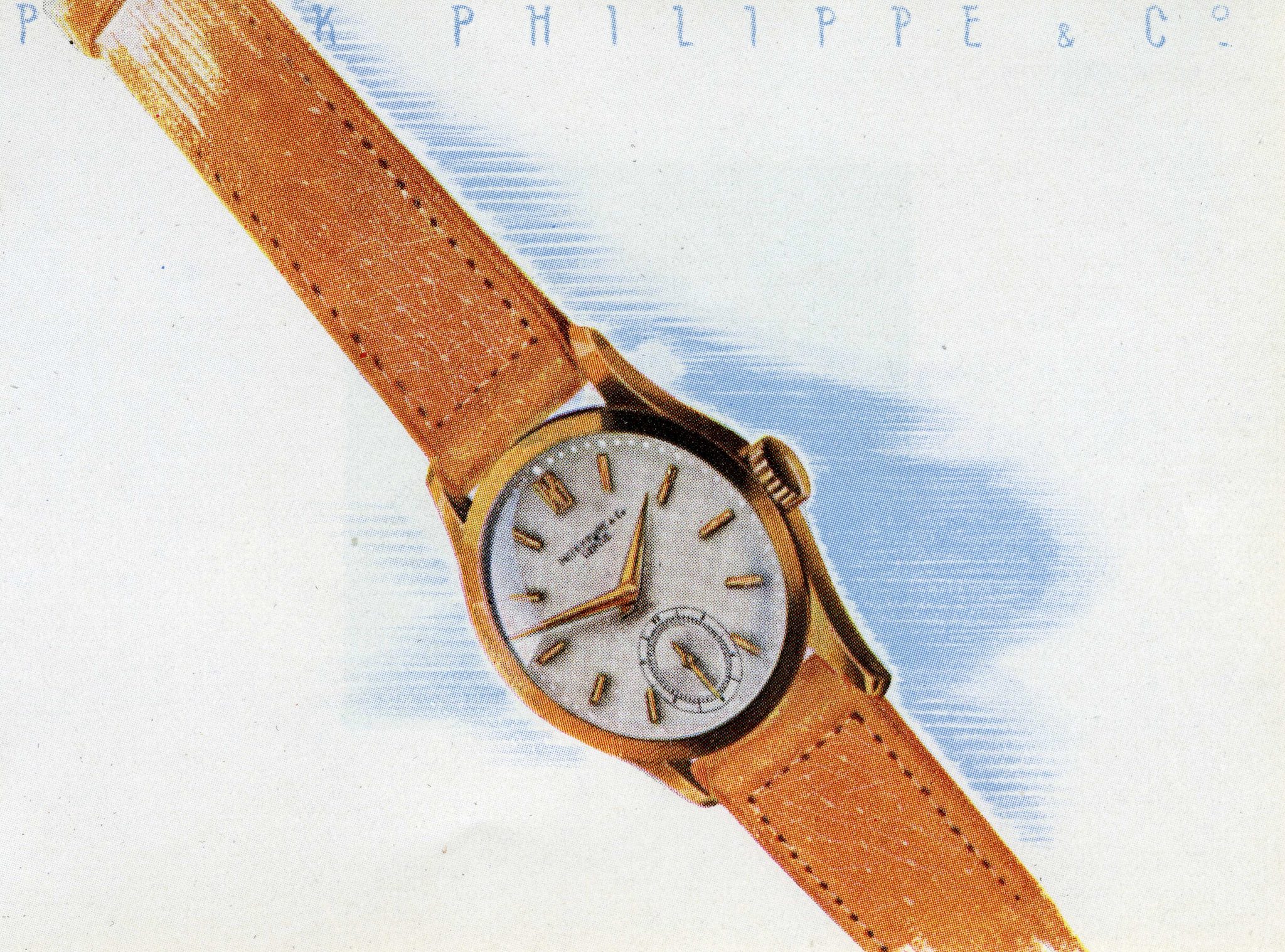


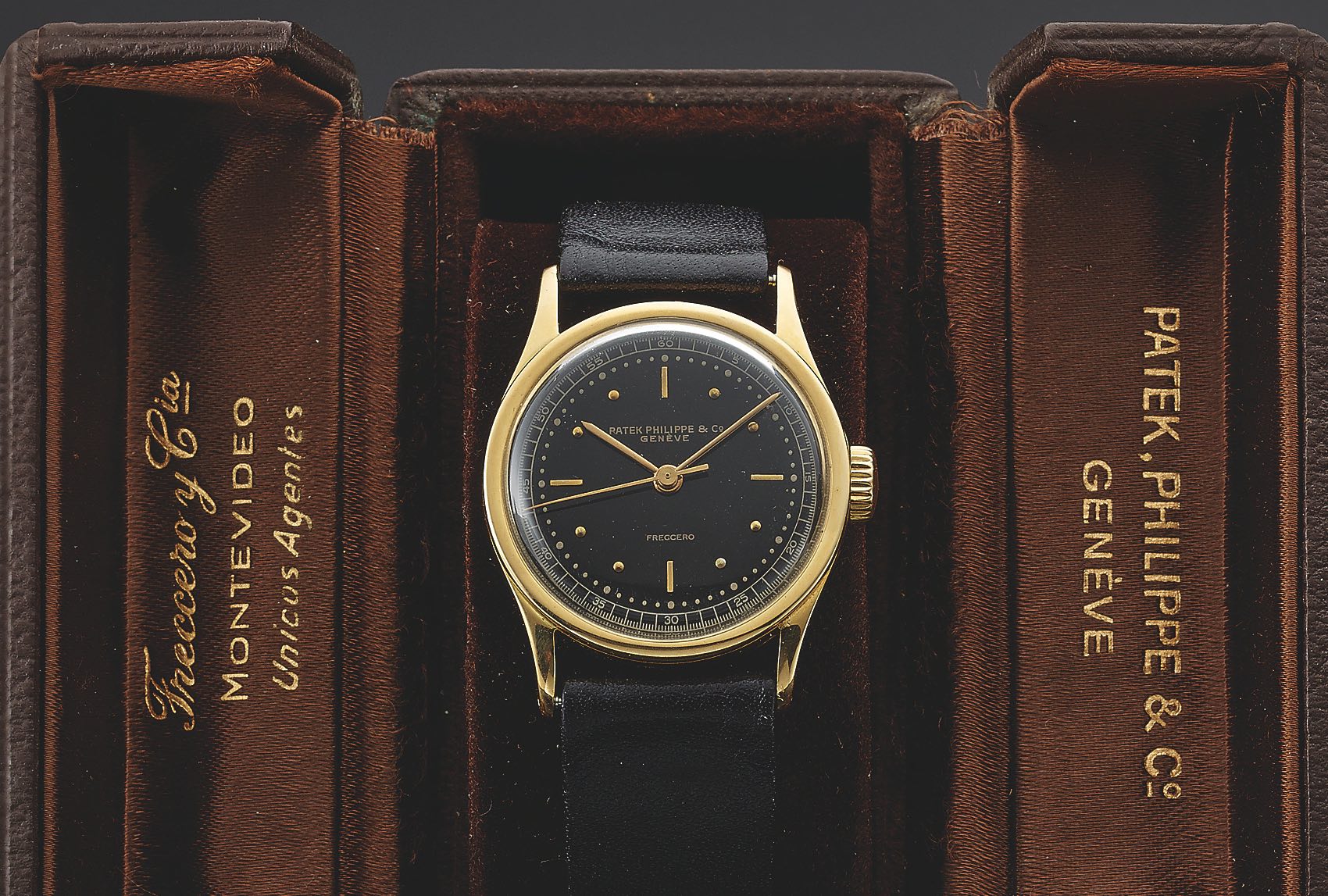
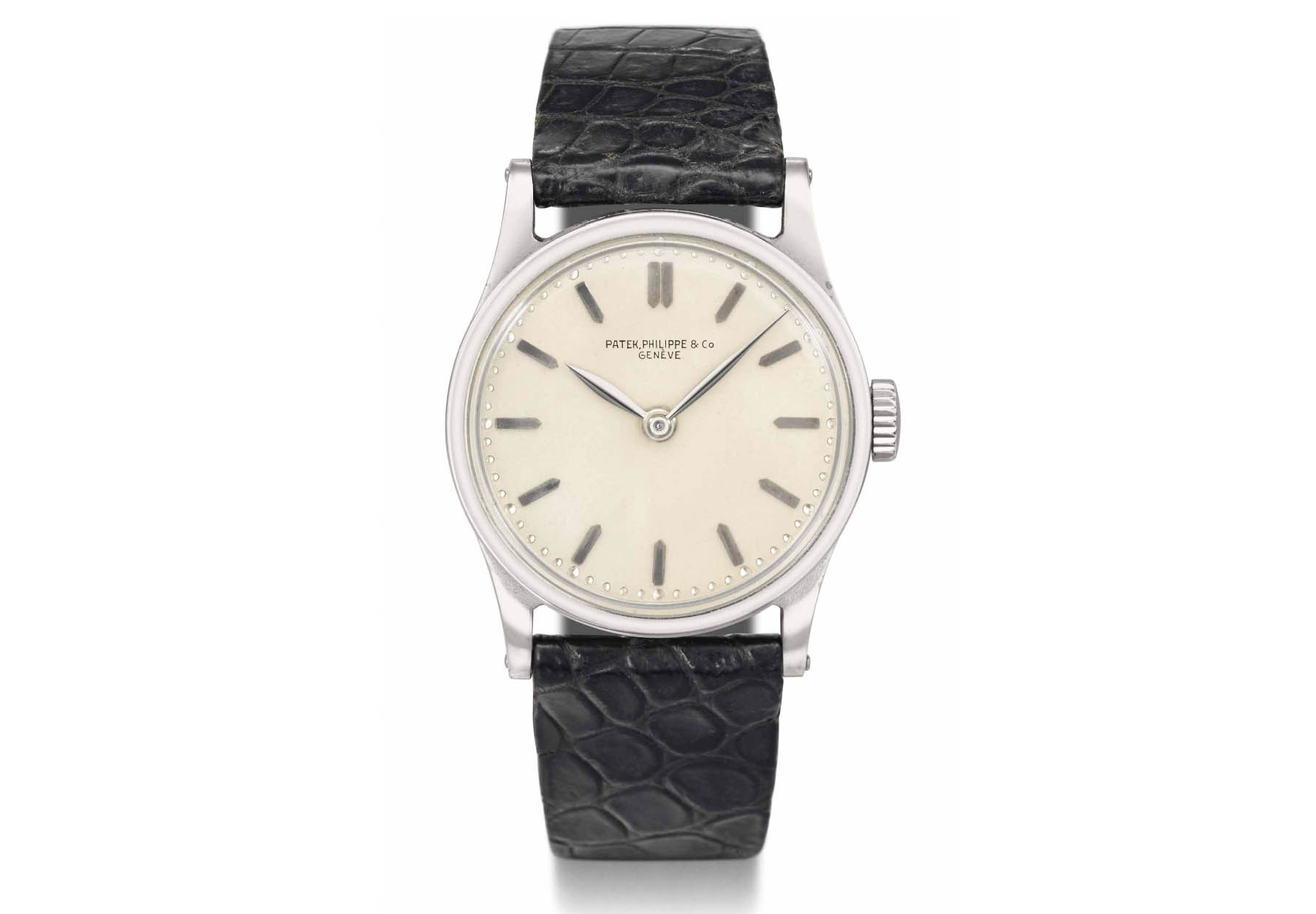
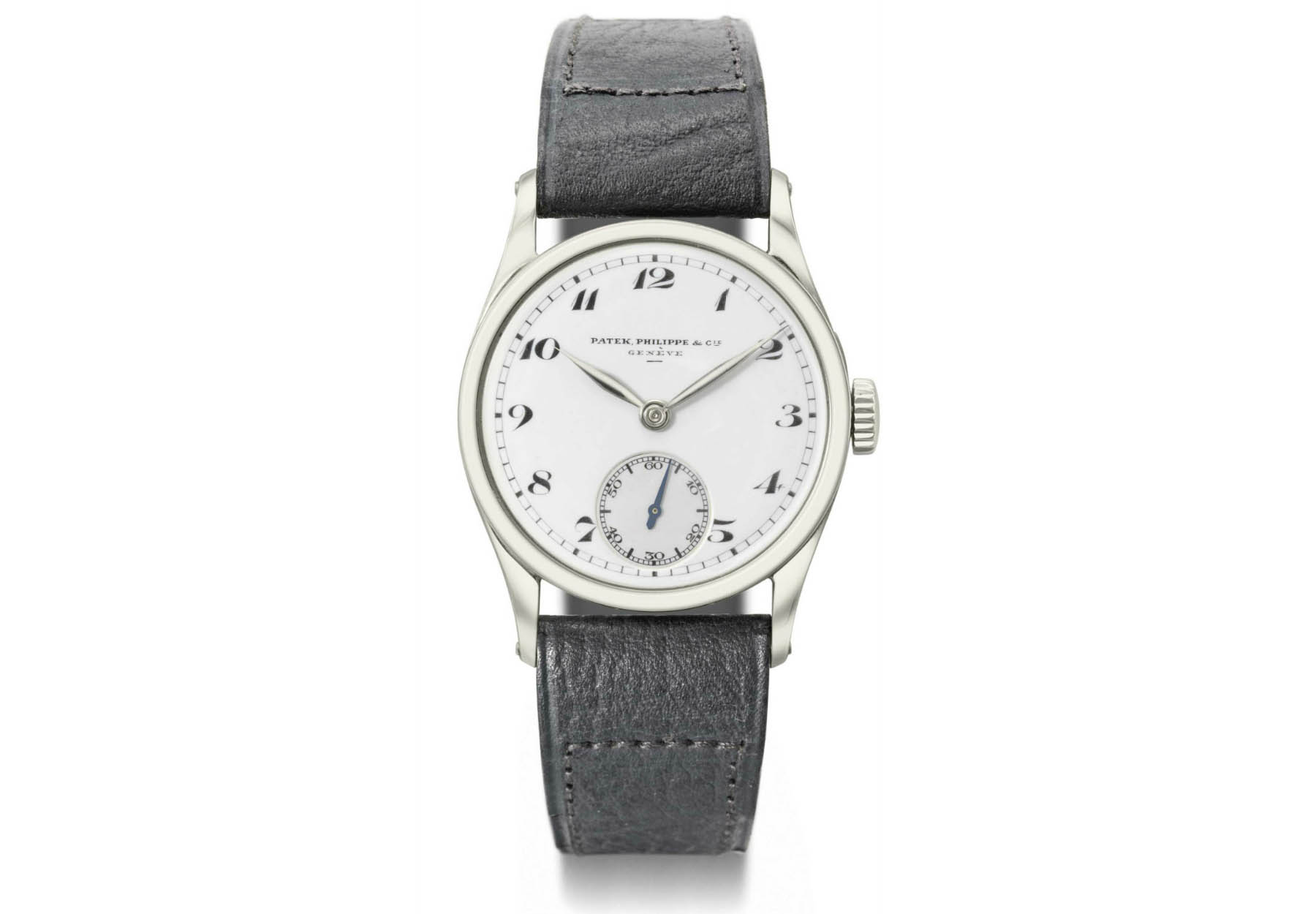
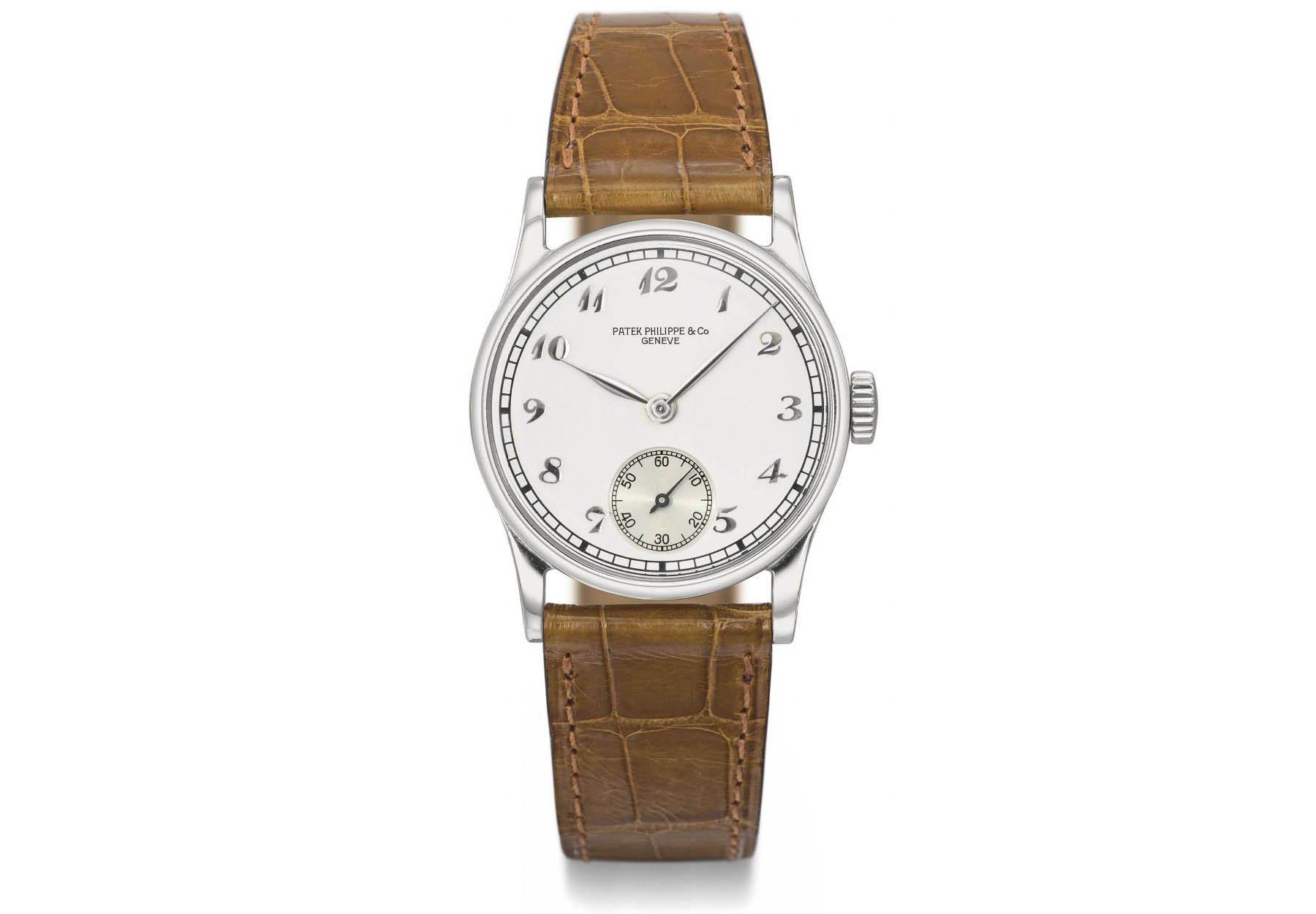
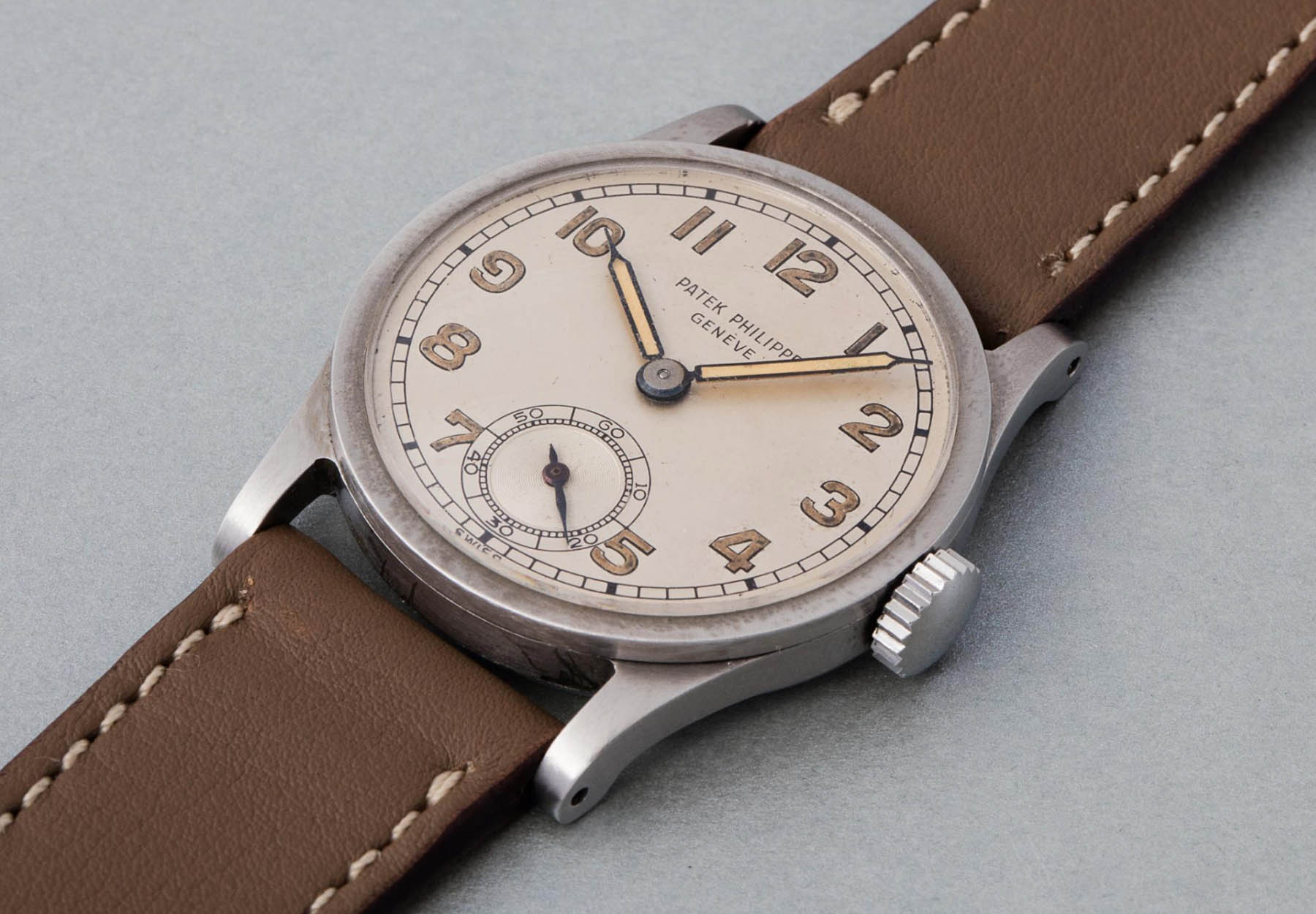
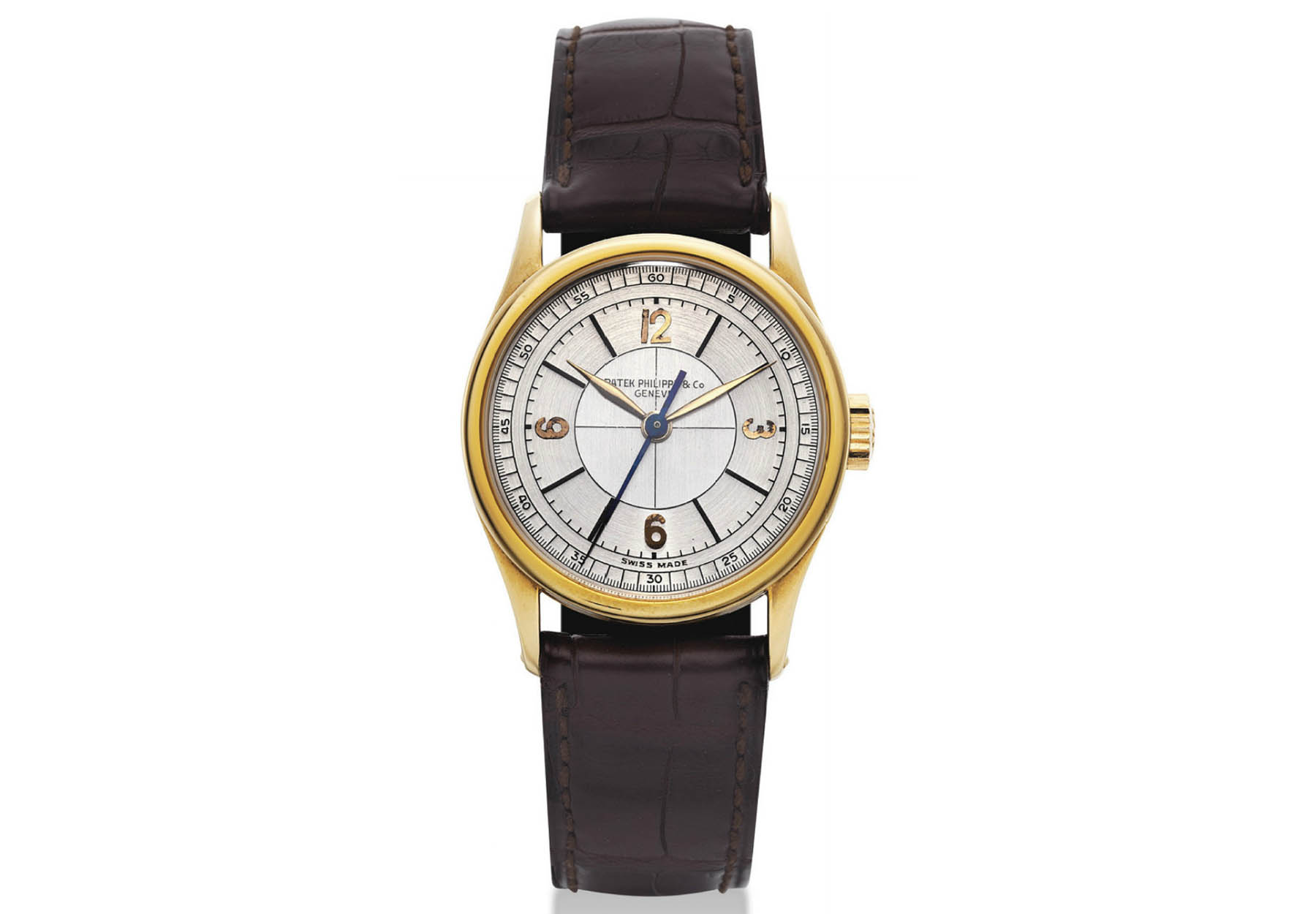


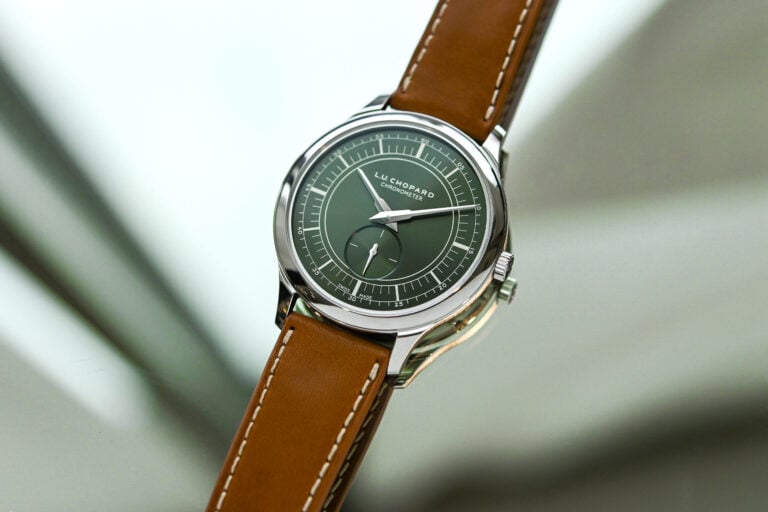
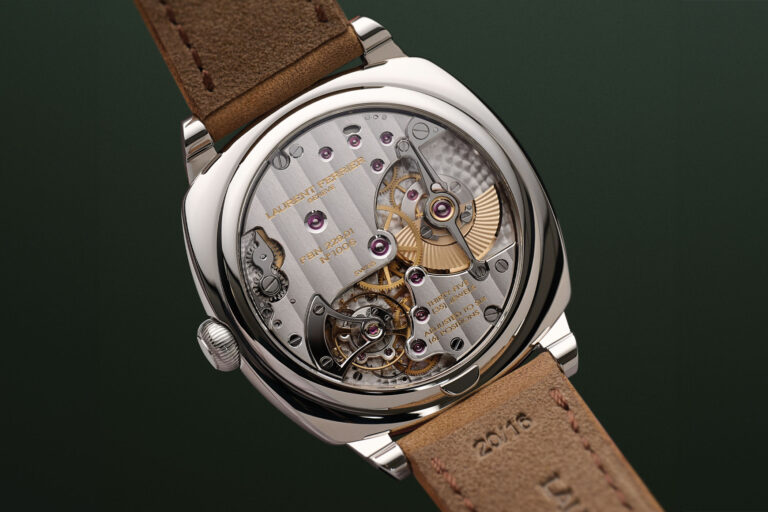
7 responses
Very informative Tom!
Thank you Xavier, truly a fascinating icon!
Hi Tom,
thanks for sharing this interesting insight on one of the most iconic timepieces of all time.
Regards,
slide68
Thanks Andrea!
Hi Tom, Great article! I am actually truing to do a bit of research on my Ref 96. Do you have any idea what the first case numbers were? Any photos of the early movements? The reason I ask is because I have a very early one. The movement is written on in script. It seems that it might be the JL movement but I don’t know if Patek put their name on the mov’t. I have sent off for the extract but as you can probably imagine, the Coronavirus has thrown a wrench in that plan.
Again, Great informative article!
Kert
Hi,
Do you know if Patek Philippe ever used tiny screws to hold on the Calatrava case back cover? For example, many Cartier watches do this today. Thanks.
-Fred
Thanks for a detailed and informative article. However, I wish more people would caption their illustrations! No doubt collectors alreay know what they’re looking at; but for us mere mortals, a little help please!